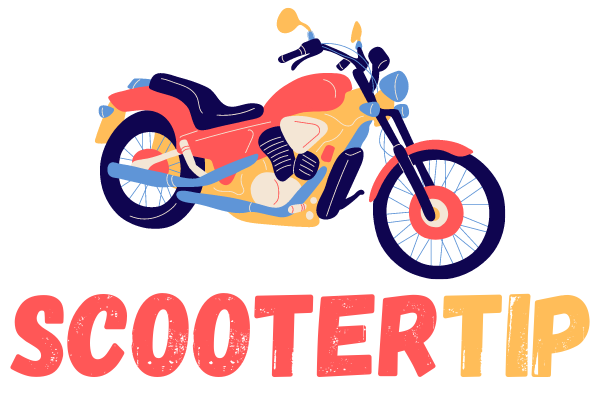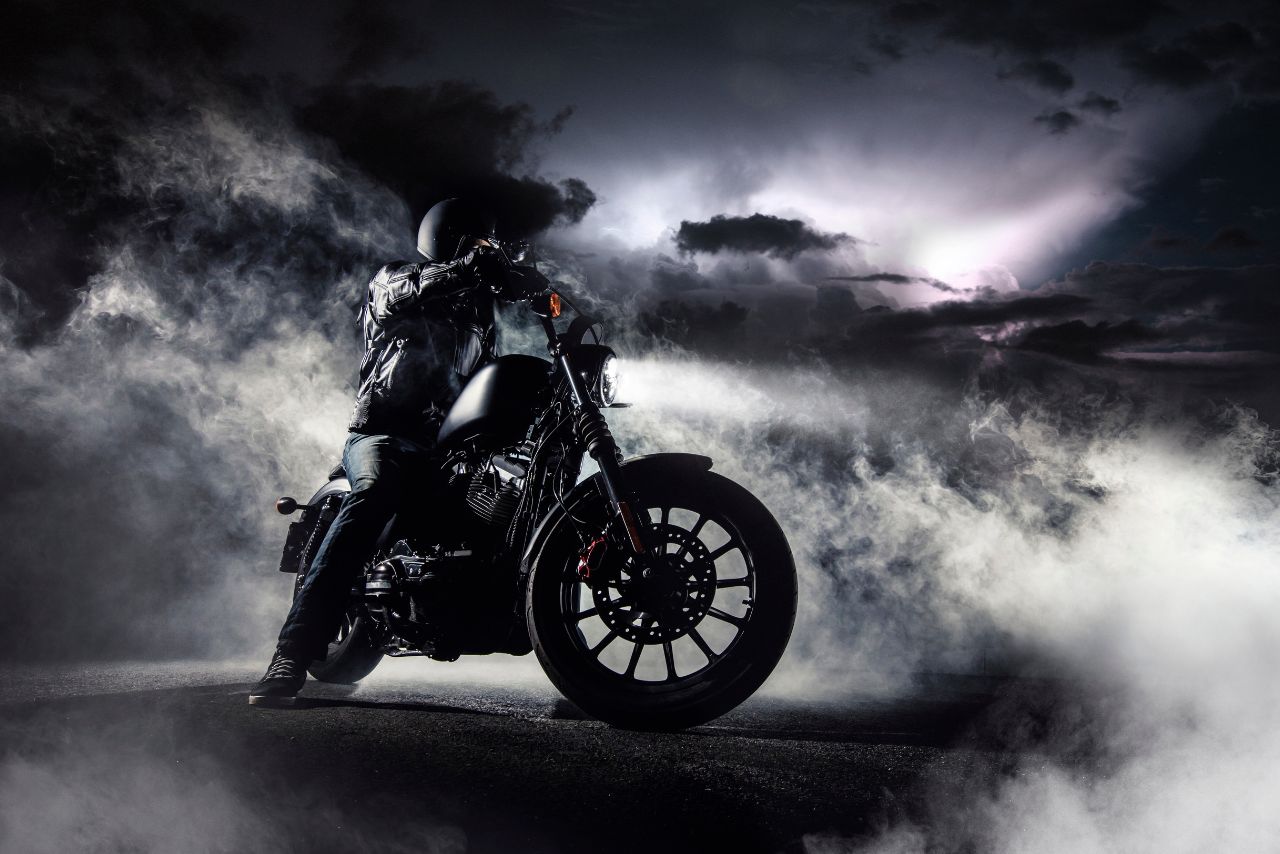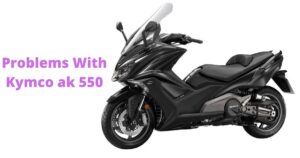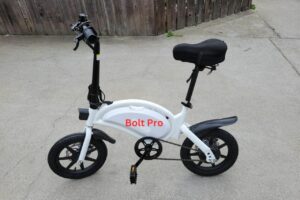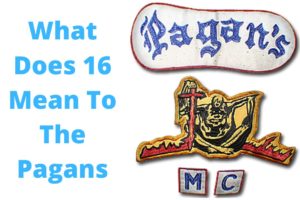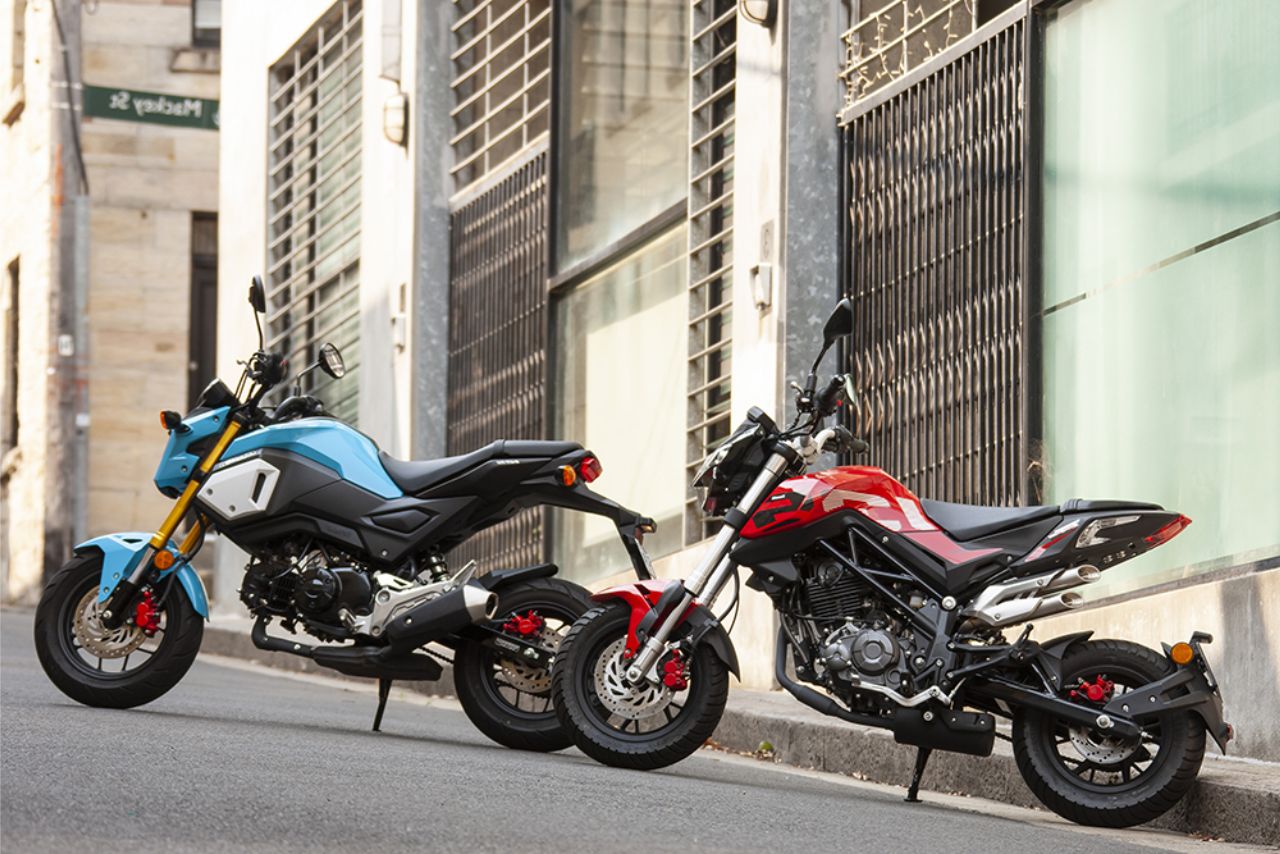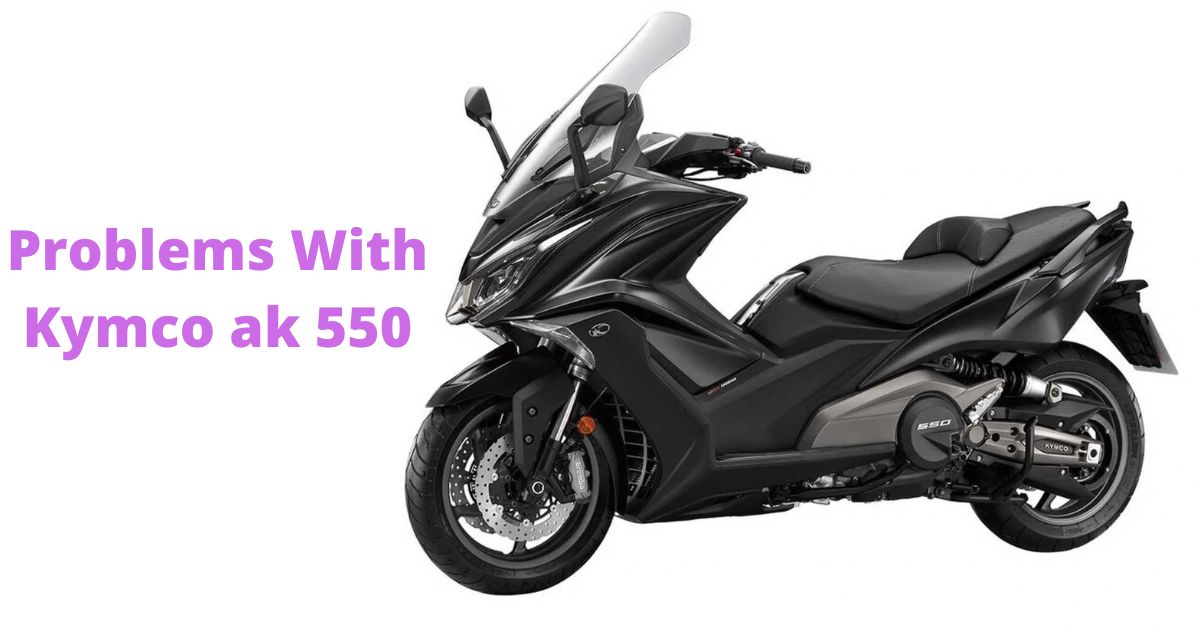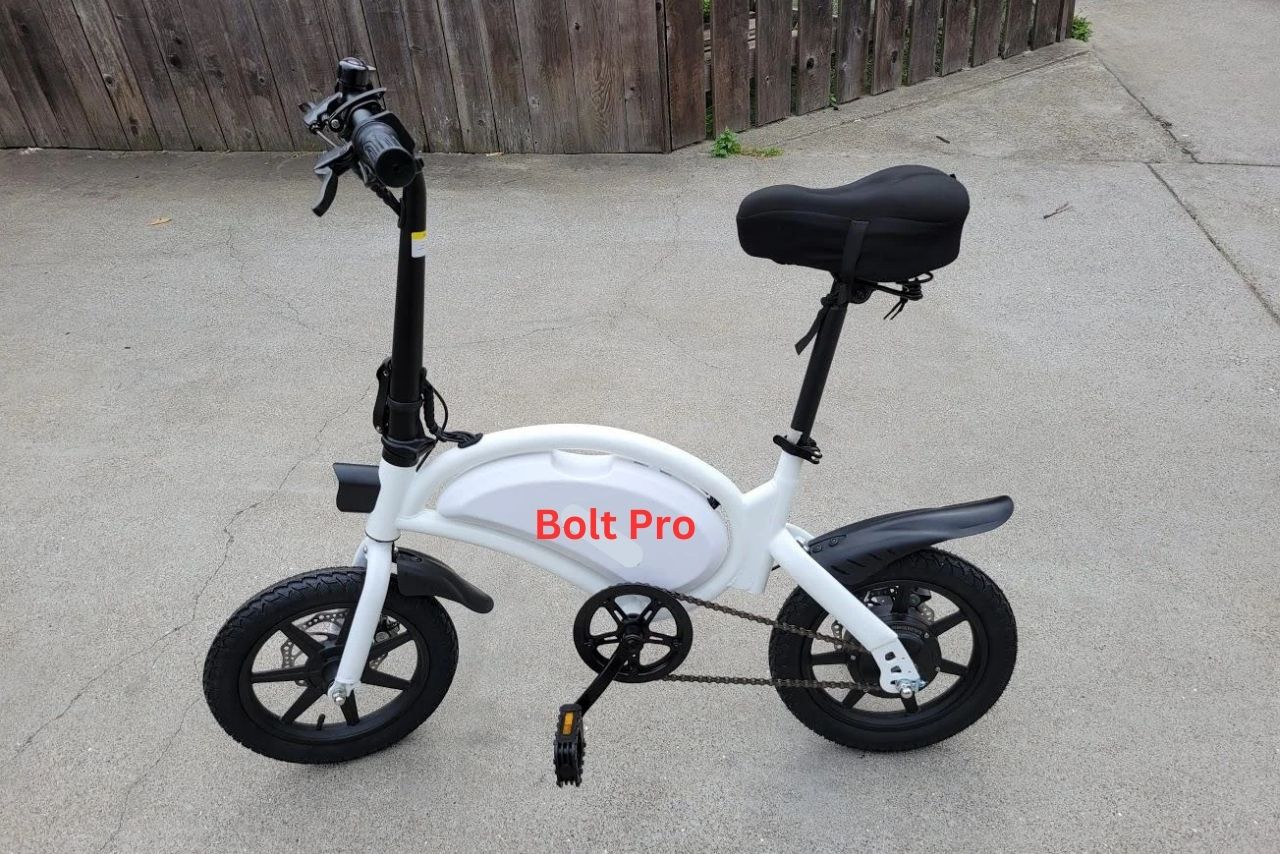Riding a chopper motorcycle is an exhilarating experience that allows you to feel the freedom of the open road like never before.
But if you’re new to riding or have only ridden other types of motorcycles, getting on a chopper can be quite different.
So, how exactly do you ride a chopper motorcycle? It’s all about understanding the unique characteristics and handling techniques that come with these custom-built machines.
Now that with basic pointers on How to Ride a Chopper Motorcycle let’s delve deeper into each aspect step-by-step in our comprehensive guide below!
Whether you’re an eager beginner or an experienced rider transitioning into owning a chopper for the first time ever, this article has got you covered!
Table of contents
How to Ride a Chopper Motorcycle Like a Pro?

To learn how to ride a chopper motorcycle like a pro, you should take a motorcycle safety course, start with a smaller bike, get used to the weight and balance of the bike, be smooth with your movements.
Now start in a safe area, gradually increase your speed, be aware of your surroundings, wear protective gear, be aware of the long wheelbase, use your body weight to help you turn, be smooth with your throttle control, and be patient.
It is important to take a motorcycle safety course before you start riding a chopper. This will teach you the basics of motorcycle riding, including how to start, stop, and turn a motorcycle.
Here is the step by step guide to ride on a chopper motorcycle:
1. Choosing the Right Chopper Motorcycle:
When it comes to choosing the right chopper motorcycle, there are several factors you should consider. Here are some key points to keep in mind:
2. Getting Comfortable on a Chopper Motorcycle:
Riding a chopper motorcycle can be an exhilarating experience, but it’s important to feel comfortable and in control while riding. Here are some tips to help you get comfortable on your chopper:
Positioning:
Adjust the position of the handlebars, foot pegs, and seat according to your body size and preference.
Experiment with different positions until you find one that feels natural and allows for easy maneuverability.
Grip:
- Hold the handlebars firmly but not too tight.
- Keep your wrists straight to avoid strain or fatigue.
- Maintain a relaxed grip to allow for smooth handling.
Body Positioning:
- Sit back comfortably into the seat with your feet resting on the foot pegs.
- Keep your knees against the tank for stability during turns.
- Relax your upper body while maintaining an upright posture.
Balance:
- Distribute your weight evenly between both feet when coming to a stop or at low speeds.
- Practice balancing by slowly gliding with both feet off the ground, gradually increasing distance over time.
Braking:
Use both front and rear brakes together for maximum stopping power.
Gradually apply pressure instead of squeezing them abruptly which may cause skidding.
Cornering:
Approach corners at controlled speeds suitable for road conditions. 2) Lean into turns smoothly by shifting your body weight towards the inside of each turn while keeping eyes focused ahead.
3. Mastering Basic Riding Techniques:

To become a skilled chopper motorcycle rider, it’s essential to master the basic riding techniques. By practicing these fundamental skills, you’ll enhance your control and confidence on the road. Here are some key techniques to focus on:
Mounting and Dismounting
Starting and Stopping
Shifting Gears:
Gear Shifting Technique 1st Tap down once from neutral 2nd-5th Lift up once per gear
Using Clutch Properly:
The following technique assumes that you have a manual transmission on your chopper To operate smoothly:
4. Advanced Riding Skills for Chopper Motorcycles:
Mastering advanced riding skills is crucial when it comes to handling chopper motorcycles.
These powerful machines require a high level of control and finesse. In this section, we will discuss some essential techniques that can help you enhance your riding abilities on a chopper motorcycle:
Body Positioning:
Maintaining the correct body position is key to achieving balance and control while riding a chopper motorcycle.
Keep your upper body relaxed but engaged, with your arms slightly bent and elbows loose. Position yourself towards the rear of the seat, allowing better maneuverability.
Cornering Techniques:
When taking corners on a chopper, it’s important to adopt proper cornering techniques for optimal stability and safety:
Braking Technique:
Effective braking is essential for maintaining control during sudden stops or emergencies:
Throttle Control:
Managing throttle input plays a vital role in controlling speed and power delivery:
Obstacle Negotiation:
Being able to navigate obstacles safely is crucial when riding a chopper motorcycle:
5. Safety Tips for Riding a Chopper Motorcycle:
When it comes to riding a chopper motorcycle, safety should always be your top priority. Here are some essential tips to keep in mind before hitting the road:
Types of Chopper Motorcycles:
Here are some of the most popular types of chopper motorcycles:
Are Chopper Motorcycles Hard to Ride?
Yes, chopper motorcycles can be hard to ride for beginners. This is because they have a number of features that make them less maneuverable than other types of motorcycles, such as:
- Long wheelbase: The long wheelbase of a chopper can make it difficult to turn, especially at low speeds.
- High center of gravity: The high center of gravity of a chopper can make it more prone to tipping over, especially when making turns or braking.
- Low-slung handlebars: The low-slung handlebars of a chopper can make it difficult to control the bike, especially at high speeds.
- Customized parts: Choppers are often customized with parts that are not designed for optimal handling, such as extended forks and raked front ends.
Watch Video: How to Ride a Chopper Motorcycle?
Conclusion: How to Ride a Chopper Motorcycle?
Riding a chopper motorcycle is an exhilarating experience that requires skill, practice, and a commitment to safety.
By following the steps outlined in this article, you can become a confident chopper rider and enjoy the freedom of the open road.
Remember to always wear appropriate protective gear, such as a helmet and leather clothing.
Practice your balance and control skills in a safe environment before taking your chopper out on busy roads. And never forget to stay alert and aware of your surroundings at all times.
With dedication and perseverance, you can master the art of riding a chopper motorcycle.
Embrace the thrill of leaning into turns, feeling the wind against your face, and experiencing an unparalleled sense of freedom on two wheels.
FAQs
Do I Need a Special License to Ride a Chopper Motorcycle?
Yes, in most countries, you will need a motorcycle license to ride a chopper motorcycle. The specific type of license required may vary, so it’s important to check your local regulations.
How Do I Start a Chopper Motorcycle?
To start a chopper motorcycle, make sure it is in neutral gear.
Turn the key to the “on” position, and engage the clutch by pulling the clutch lever on the left handlebar towards you.
Then, press the start button or kick start the bike if it doesn’t have an electric starter.
How Do I Shift Gears on A Chopper Motorcycle?
Most chopper motorcycles use a foot-shift pattern, where you use your left foot to shift gears.
Pull the clutch lever towards you to disengage the clutch, then use your foot to shift up by lifting the gear lever up, or shift down by pressing the gear lever down.
How Do I Control the Throttle on A Chopper Motorcycle?
The throttle on a chopper motorcycle is typically controlled by a twist grip on the right handlebar. Twist the grip towards you to accelerate and release or twist it away from you to decelerate or close the throttle.
How Do I Brake on A Chopper Motorcycle?
Chopper motorcycles usually have a front brake lever on the right handlebar and a rear brake pedal near your right foot.
Squeeze the front brake lever gently to engage the front brakes, and press the rear brake pedal with your right foot to engage the rear brakes.
Remember to apply the brakes smoothly to avoid skidding.
How Do I Turn a Chopper Motorcycle?
To turn a chopper motorcycle, lean in the direction you want to go. Use the handlebars to guide the bike in the desired direction.
Practice slow and wide turns initially, and gradually increase your speed and maneuverability as you become more comfortable.
How Do I Maintain Balance on A Chopper Motorcycle?
Maintaining balance on a chopper motorcycle requires good body positioning and control.
Keep your body relaxed and centered over the bike, with your knees gripping the tank for stability.
Control your speed and maintain a proper posture while riding to ensure balance.
How Do I Improve My Riding Skills on A Chopper Motorcycle?
Improving your riding skills on a chopper motorcycle requires practice and experience.
Consider taking a motorcycle safety course or advanced riding courses to enhance your skills.
Stay consistent in practicing proper techniques and continuously strive to improve your riding abilities.
Latest Posts:
- Benelli TNT 135 vs Grom! (A Proper Review!)
- What Problems Does The Kymco Ak 550 Have? Find Solution!
- Jetson Bolt Pro Troubleshooting! (The Ultimate Guide!)
- Top 10 Best Electric Scooters For Kids (Tried And Tested!)
- 10 Best 150cc Bike For Beginners: (Tried And Tested!)
- What Does 16 Mean To The Pagans? (The Surprising Truth!)
